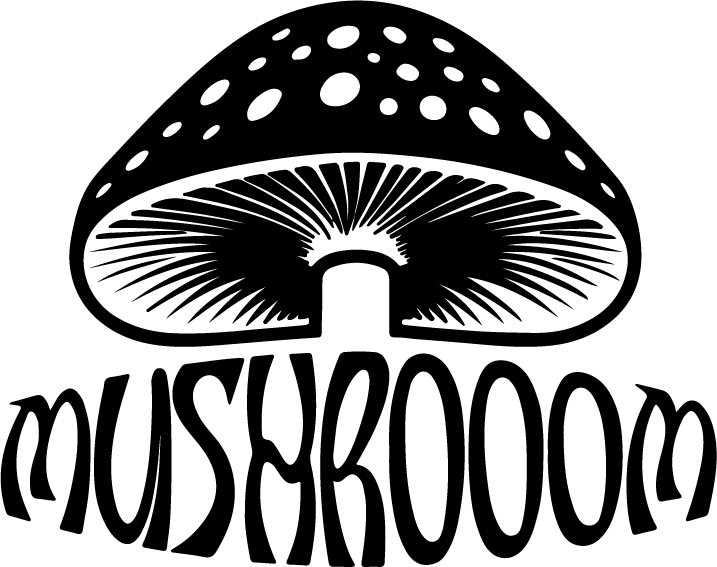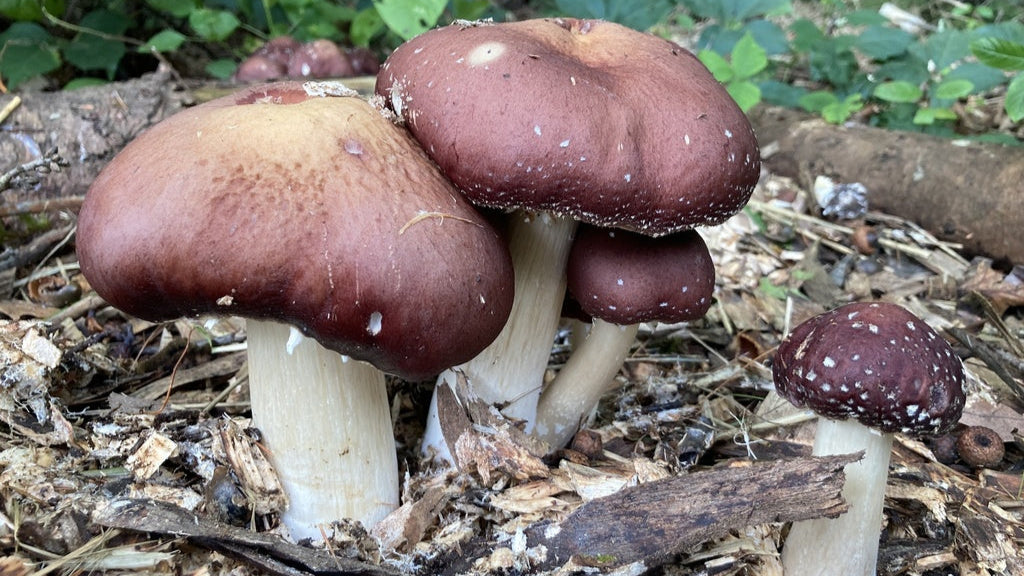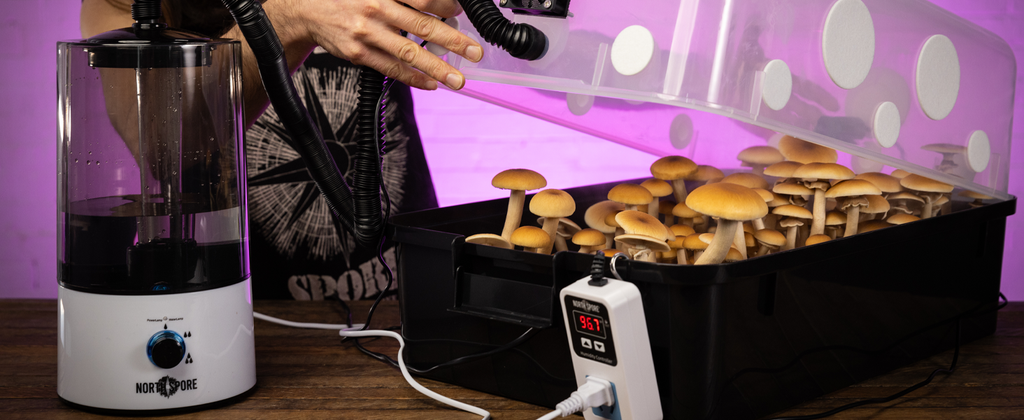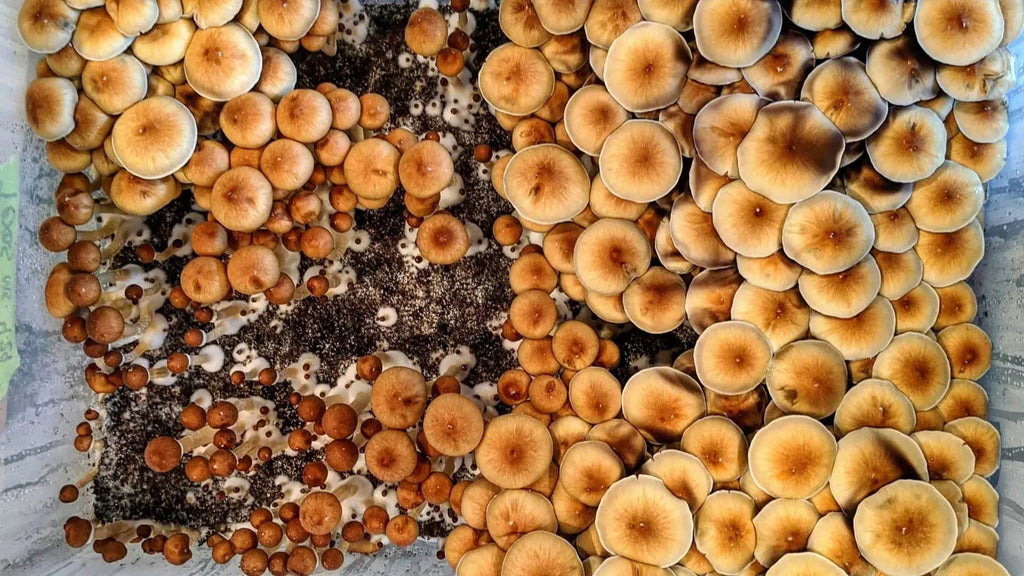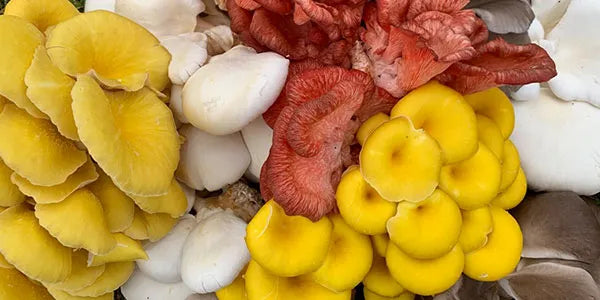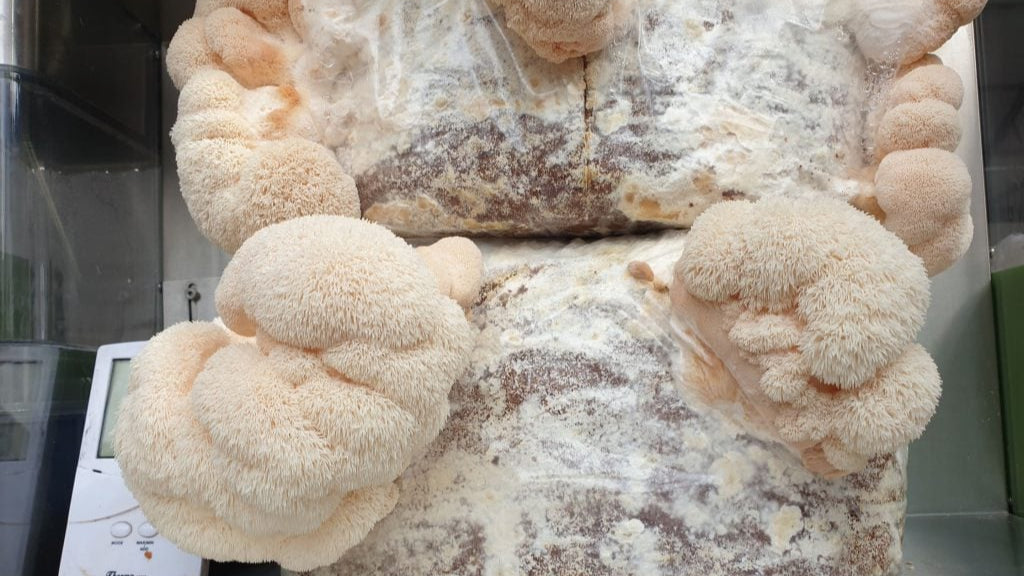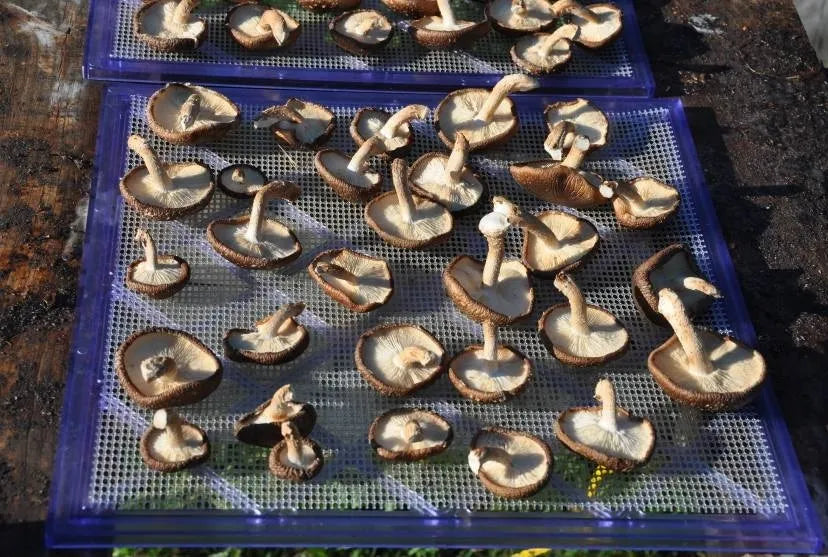
How to Dry Mushrooms

Whether you're a home grower, forager, or commercial cultivator, knowing how to dry mushrooms after harvesting is essential to preserve their shelf life, flavor, and nutritional value. Drying mushrooms is one of the oldest and most effective preservation methods — and when done right, it can enhance their taste and longevity.
In this guide, we'll break down the best drying techniques for mushrooms, how to prepare them properly, and tips to store them like a pro.
Why Dry Mushrooms After Growing?
Drying mushrooms is more than just convenience — it’s about preservation and potency.
Extended shelf life: Fresh mushrooms spoil within days. Dried mushrooms last for months, even years.
Concentrated flavor: Drying intensifies the natural umami flavors.
Nutrient preservation: Proper dehydration maintains vitamins and beneficial compounds.
Lightweight and easy to store: Ideal for long-term use, backpacking, or selling in bulk.
Popular search terms: “how to dry mushrooms after harvesting,” “best way to dry mushrooms,” “drying mushrooms at home”
Step 1: Harvest Mushrooms at the Right Time
Before drying, it’s crucial to harvest at the optimal stage of growth:
Fully matured but not overly open caps
Dry weather, if outdoors, to prevent added moisture
Use a clean knife or scissors to snip at the base and avoid bruising
Step 2: Clean Mushrooms Gently
Avoid soaking mushrooms in water — they absorb moisture easily.
Use a soft brush or dry towel to remove dirt
If needed, a quick rinse followed by immediate drying with a towel is okay
Slice large mushrooms (like portobello) for faster drying; small ones (like enoki) can stay whole
Step 3: Choose Your Drying Method
1. Air Drying (For Low-Humidity Climates)
Spread mushrooms on a drying rack or string them into a “mushroom garland”
Place in a well-ventilated, shaded area
Allow 3–7 days for full drying
Flip occasionally for even airflow
Best for: Thin mushrooms, low-humidity environments, beginners
2. Dehydrator Drying (Most Efficient & Consistent)
Set dehydrator to 110–120°F (43–49°C)
Lay mushrooms in a single layer
Dry for 6–12 hours, depending on thickness
Finished when mushrooms snap easily (not bend)
3. Oven Drying (Easy At-Home Option)
Set oven to lowest setting (around 150°F / 65°C)
Place mushrooms on parchment-lined tray
Prop door open slightly to allow moisture to escape
Flip every few hours, total time: 6–10 hours
4. Sun Drying (Traditional but Tricky)
Use only in hot, dry climates
Place mushrooms in direct sunlight on mesh trays
Cover with cheesecloth to keep bugs away
Bring indoors at night to avoid dew
Step 4: Store Dried Mushrooms Properly
Once fully dry:
Store in airtight glass jars, vacuum-sealed bags, or mylar pouches
Keep in a cool, dark, dry place
Label with type and date
For long-term storage, include silica gel packets or oxygen absorbers
Signs of Properly Dried Mushrooms
Brittle and crisp (not rubbery)
No visible moisture
Snap when bent
No strong musty or sour odors
Bonus: Rehydrating Dried Mushrooms
To rehydrate:
Soak in warm water for 20–30 minutes
Use the soaking liquid for soups or sauces (it's packed with flavor!)
Pat mushrooms dry before cooking
Final Thoughts
Drying mushrooms is a simple yet powerful way to preserve your harvest and elevate your cooking. Whether you're growing shiitake, oyster, lion’s mane, or button mushrooms, learning the right drying process ensures you maintain their flavor, nutrition, and shelf life.
Whether you're searching for “how to dry mushrooms after harvesting”, or exploring different methods like dehydrators, ovens, or sun drying, this guide has you covered.
FAQs
Can you dry mushrooms without a dehydrator?
Yes — air drying or oven drying are great alternatives.
How long do dried mushrooms last?
Properly stored, they can last 1–2 years or longer.
Are dried mushrooms as nutritious as fresh?
Yes, and in some cases, nutrients like antioxidants become more concentrated when dried.
